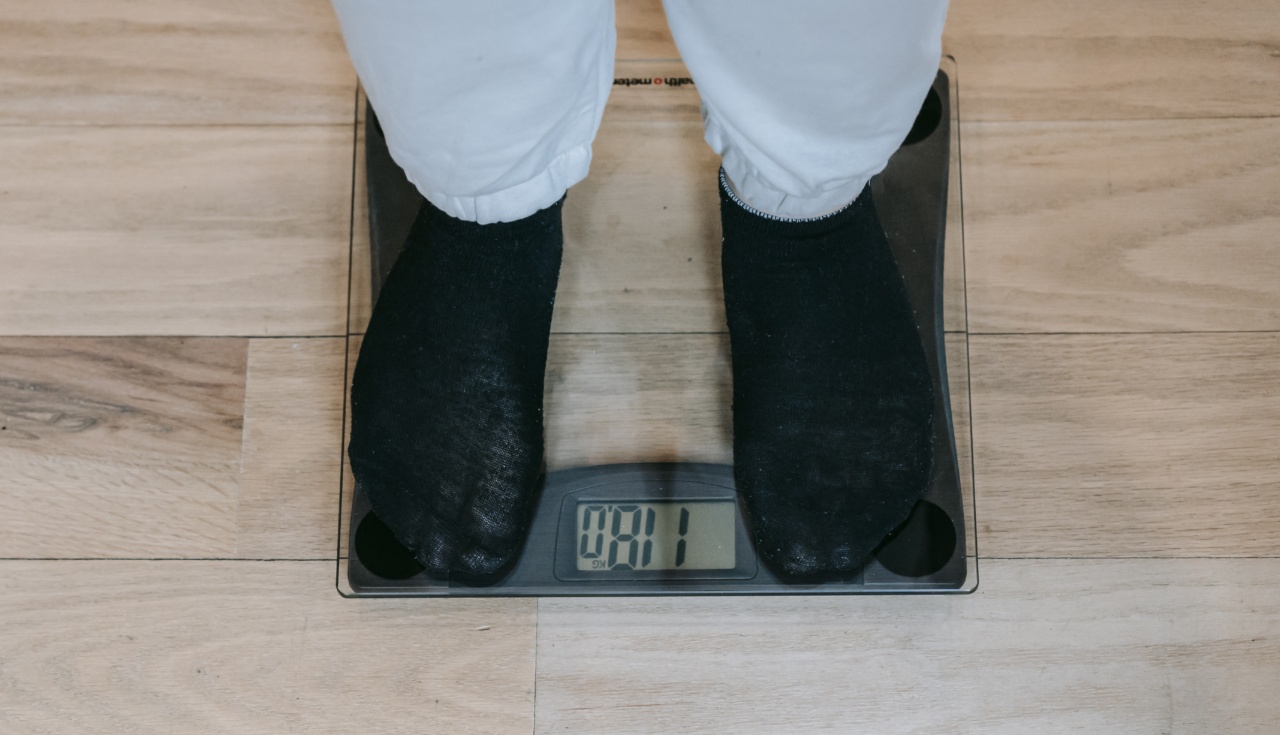If you’re trying to lose weight, the first thing you need to do is figure out how many calories you need to eat each day to achieve your goals. This is important because consuming too many or too few calories can derail your weight loss efforts.
The good news is that there is a simple formula you can use to calculate your daily calorie needs for weight loss.
Step 1: Determine Your Basal Metabolic Rate (BMR)
Your basal metabolic rate (BMR) is the number of calories your body burns at rest to maintain vital functions such as breathing and circulation. To calculate your BMR, you can use the Harris-Benedict equation:.
BMR for men = 88.36 + (13.4 x weight in kg) + (4.8 x height in cm) – (5.7 x age in years).
BMR for women = 447.6 + (9.2 x weight in kg) + (3.1 x height in cm) – (4.3 x age in years).
For example, a 35-year-old woman who weighs 70 kg and is 170 cm tall has a BMR of:.
447.6 + (9.2 x 70) + (3.1 x 170) – (4.3 x 35) = 1,425.1 calories.
Step 2: Factor in Your Activity Level
The next step is to factor in your activity level, which will give you an estimate of how many calories you burn through physical activity each day.
There are several ways to classify activity levels, but one common method is to use the following categories:.
- Sedentary: Little or no exercise, sitting or standing for most of the day
- Lightly active: Light exercise or sports 1-3 days a week, mostly a desk job
- Moderately active: Moderate exercise or sports 3-5 days a week, or a physically active job such as a construction worker
- Very active: Hard exercise or sports 6-7 days a week, or a physically demanding job such as a farmer or professional athlete
- Extremely active: Very hard exercise or sports, physical labor or a job that requires constant movement such as a dancer or mail carrier
Once you’ve determined your activity level, you can multiply your BMR by the corresponding activity factor:.
- Sedentary: BMR x 1.2
- Lightly active: BMR x 1.375
- Moderately active: BMR x 1.55
- Very active: BMR x 1.725
- Extremely active: BMR x 1.9
For example, if our 35-year-old woman from the previous example has a lightly active lifestyle, her daily calorie needs would be:.
1,425.1 x 1.375 = 1,957.7 calories.
Step 3: Adjust for Weight Loss
Now that you know your daily calorie needs for weight maintenance, you need to adjust this number to create a calorie deficit that will lead to weight loss.
The general rule of thumb is to aim for a deficit of 500 to 1,000 calories per day, which should result in a weight loss of 1 to 2 pounds per week.
To calculate your calorie target for weight loss, subtract 500 to 1,000 calories from your daily calorie needs, depending on how much weight you want to lose:.
- To lose 1 pound per week: Daily calorie needs – 500 calories
- To lose 2 pounds per week: Daily calorie needs – 1,000 calories
For example, if our 35-year-old woman from the previous examples wants to lose 1 pound per week while maintaining a lightly active lifestyle, her daily calorie target for weight loss would be:.
1,957.7 – 500 = 1,457.7 calories.
Conclusion
Calculating your daily calorie needs for weight loss can seem daunting, but it’s actually a simple process that only requires a few calculations.
By determining your BMR, factoring in your activity level, and adjusting for weight loss, you can develop a personalized calorie target that will help you achieve your weight loss goals. Remember to monitor your progress regularly to ensure that you’re on track and adjust your calorie intake as needed.


























